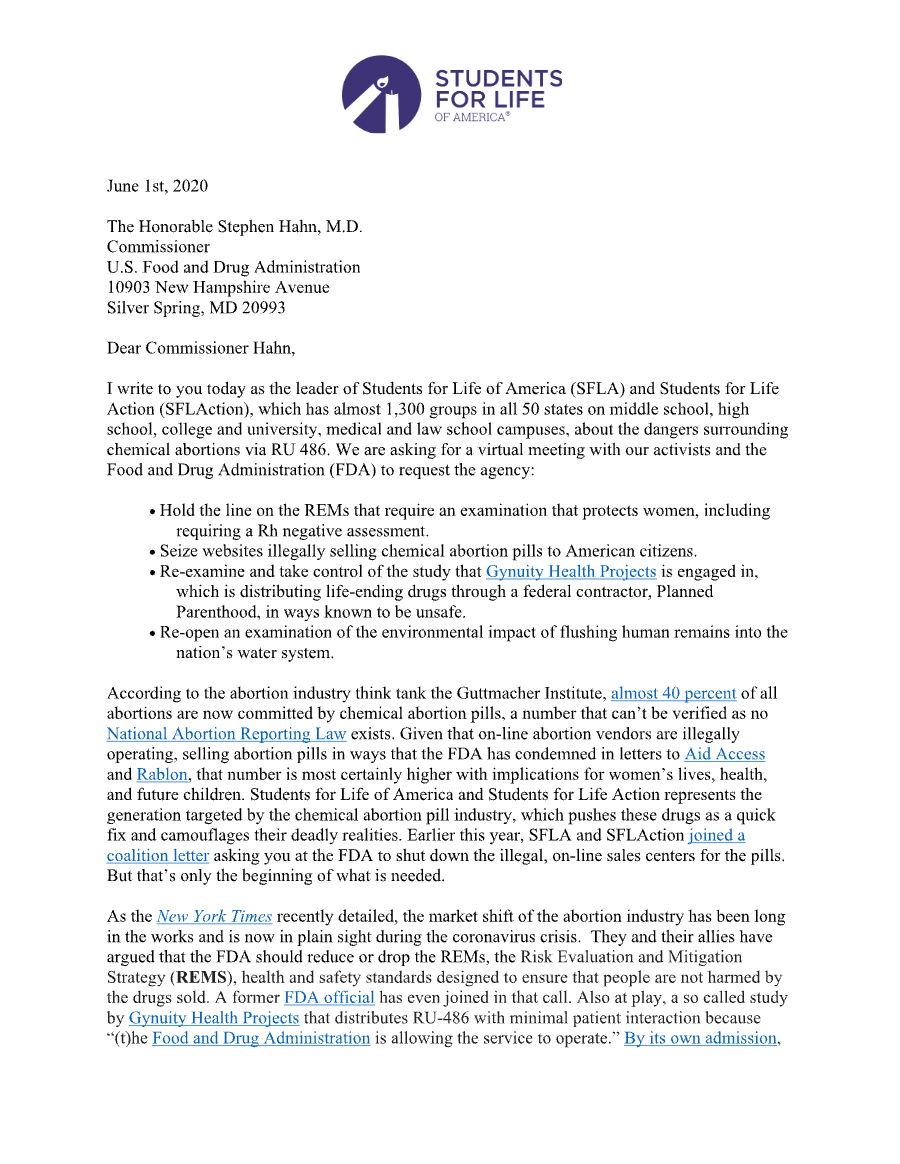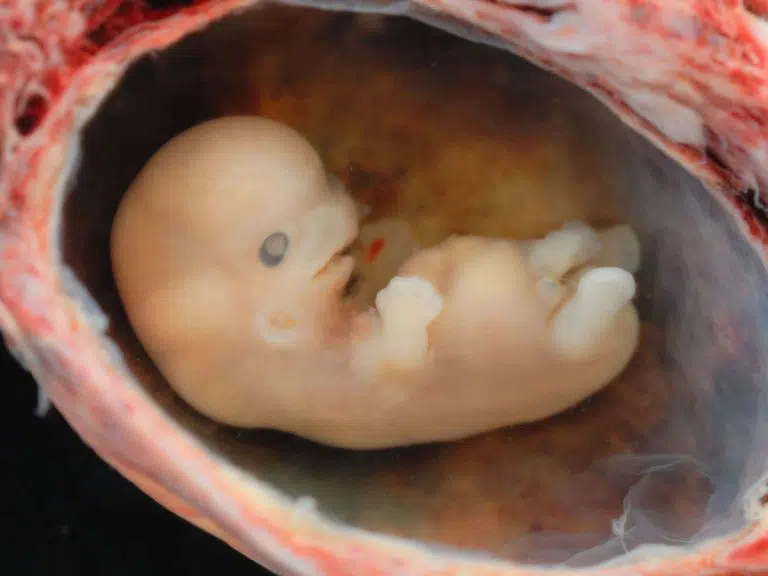
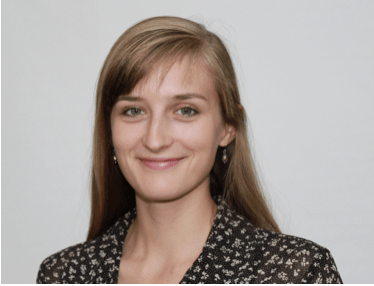
GUEST POST: One woman is sharing her story of adopting a frozen embryo in the hopes of carrying a child and becoming a mother. Adoption should be a selfless act, accepting a child as one’s own in order to love and nurture a vulnerable human being in need. But what happens when we view adoption as a transaction, selling a preborn baby as an experience for an adult, instead of a person? Decades of legal abortion and exploitation in the fertility industry have made even adoption prone to inhumanity.
In her piece at Insider, Mary Anne Bargan does not consider the child’s perspective and worth apart from her desire to experience motherhood. She writes that after a fourth round of in vitro fertilization (IVF) ended without Bargan carrying any of her children to term, her doctor suggested seeking an egg donor. It seems the only reason she did not pursue an egg donor was the hefty price tag ($18,000 to $25,000), which “felt prohibitive.”
When her doctor suggested embryo adoption, transferring another couple’s frozen and “unused” embryo to her uterus in the hopes of carrying a child, Bargan writes that she had never considered it. Because she was at the end of the road as far as conventional IVF for carrying a child genetically related to her and her partner, Bargan was open to the idea of embryo adoption. A relative bargain in the high-priced fertility treatment arena, transferring another couple’s embryo at her clinic would cost $2,200.

Bargan says she mourned not being related to a child if she and her partner opted for an embryo adoption. She makes no mention of the child who has been suspended in development by parents who do not want or feel they cannot afford her continued growth. For Bargan, the deciding factor, in addition to the price tag, seems to be the experience. She writes, “Getting to be pregnant and give birth to a baby were big life desires, and with embryo adoption, I would still be able to achieve those.”
IVF can seem like a solution for infertility. Parents who might not otherwise conceive and carry a child to term can work with doctors who extract egg and sperm, create a viable embryo, and implant the baby in her mother’s womb. What many people do not realize is the devastating cost of this “compassionate” industry.
The greatest cost by far is the loss of human life. Science confirms and biologists agree that life begins at conception: At the moment an egg and sperm come together, a unique human being exists who did not exist before. In the numbers game of the fertility industry, clinics often produce far more embryos than a couple will be able to carry to term. As Bargan notes, “More people going through IVF means more embryos, and some people end up with extra embryos.”
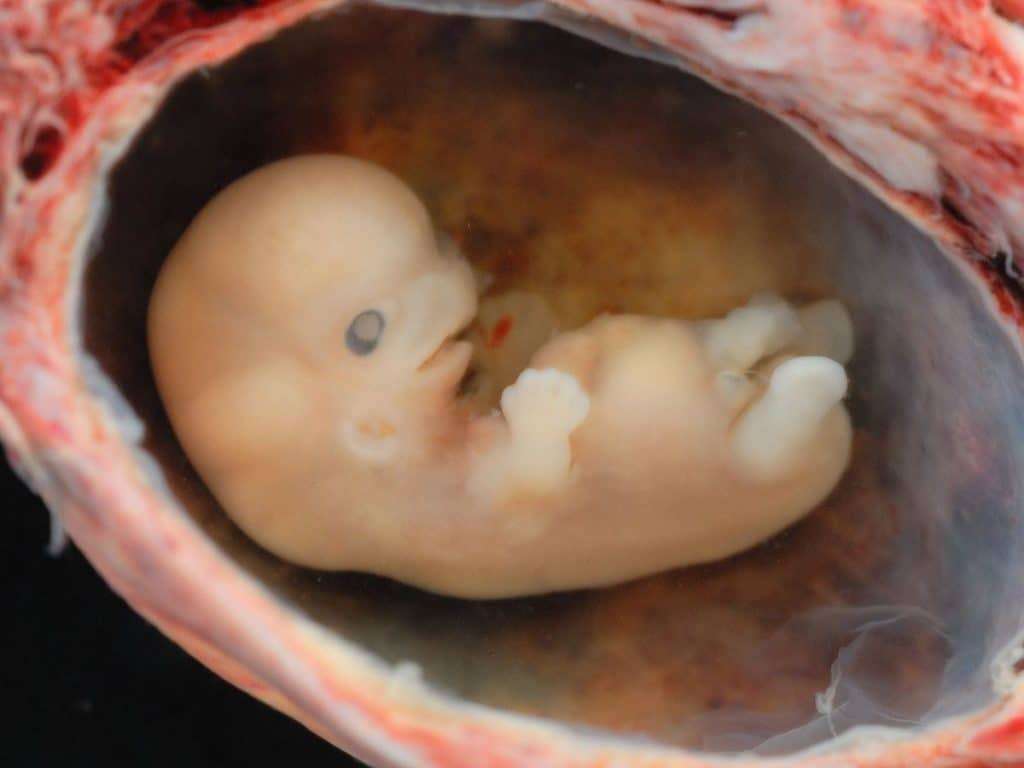
With all these extra embryos, the burden of deciding what to do with them is becoming more widely discussed. Called “frosties” or “snowbabies” on internet forums and affectionately referred to as “snowflake babies” by many pro-life advocates, frozen embryos are a reminder of what happens when we commodify human life. Those preborn babies can languishing in frozen storage for years, being divided and destroyed like property. In surrogacy disputes or custody battles around IVF, these human beings are reduced to the status of genetic material or property.
Bargan explains that couples have to decide between destroying the embryos, donating them to science, or donating them to another couple. For conscientious parents who have struggled for years to conceive and carry children into the world, simply destroying the other children created in their journey is a painful one. One jewelry company offers to create pieces incorporating the frozen embryos as a way of providing closure for parents. There is perhaps no better illustration of the commodification of human life than packaging the matter of a preborn child into a commemorative bauble that parents can keep close to them as “sacred art.” Bargan does not offer any information on the couple “donating” the embryo she will carry, but she says that if born, the child will not have any contact with the biological parents.
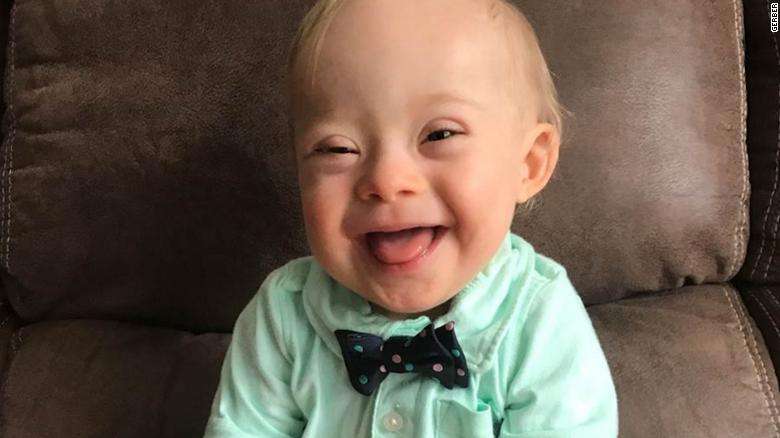
Bargan and her partner, like most couples undergoing fertility treatment, had the embryo they will be adopting screened for “abnormalities.” What is once again presented as compassion is actually eugenics, the elimination of people deemed less than perfect or undesirable due to genetic abnormalities, in this case aimed at pleasing the adults involved. As these screening techniques advance, we will quickly reach the point of ordering designer babies based on superficial characteristics that parents want in a baby, a transformation that is already well underway in an industry that literally sells babies.
The article does not mention the other way that human life is routinely destroyed in the fertility industry. Unlike in Bargan’s case, clinics often transfer more embryos than are ever intended to be carried to term with the goal that one or more survive. The risk of having multiples increases, and couples are often pressured to “selectively reduce” the number of children who survive the transfer. This is euphemism for killing some of the babies in an invasive abortion process and continuing the pregnancy with only one or two of the other babies.
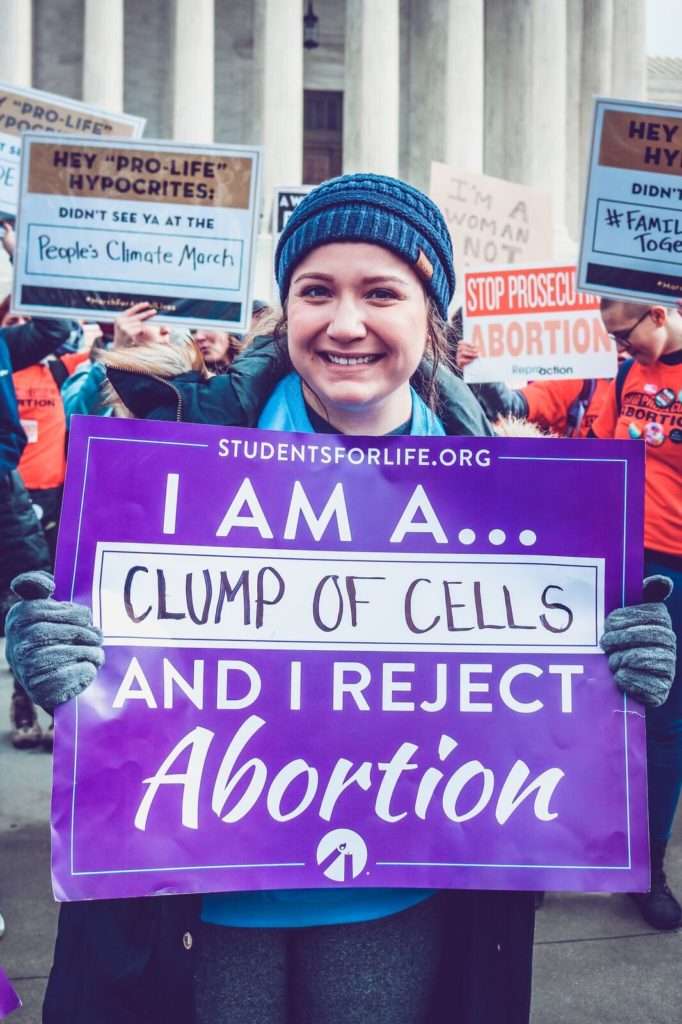
The final consideration Bargan mentions is that she and her partner “talked about how it would be a study in nature versus nurture, as we would see what the child would pick up from us.” Viewing adoption as an experiment and life experience instead of a sacrificial choice to nurture a helpless human being is perverse. Bargan’s article, published in major outlets, is by no means fringe and conveys experiences and attitudes common in the world of modern parenthood.
After decades of legal abortion and IVF, our culture accepts as normal selling a child, screening for defects in order to arbitrate whether the child will be allowed to continue living, and pursuing ownership of a child primarily for selfish reasons. Many people do not realize that there are ethical alternatives to IVF for couples facing infertility. After considering the devaluing of human life inherent in an industry that puts a price on life, hopefully more couples will be open to learning more.
When adults cease to make sacrifices for the wellbeing of children and instead choose to sacrifice children to appease their own whims, things have gone very wrong.
Share this post
Recent Posts
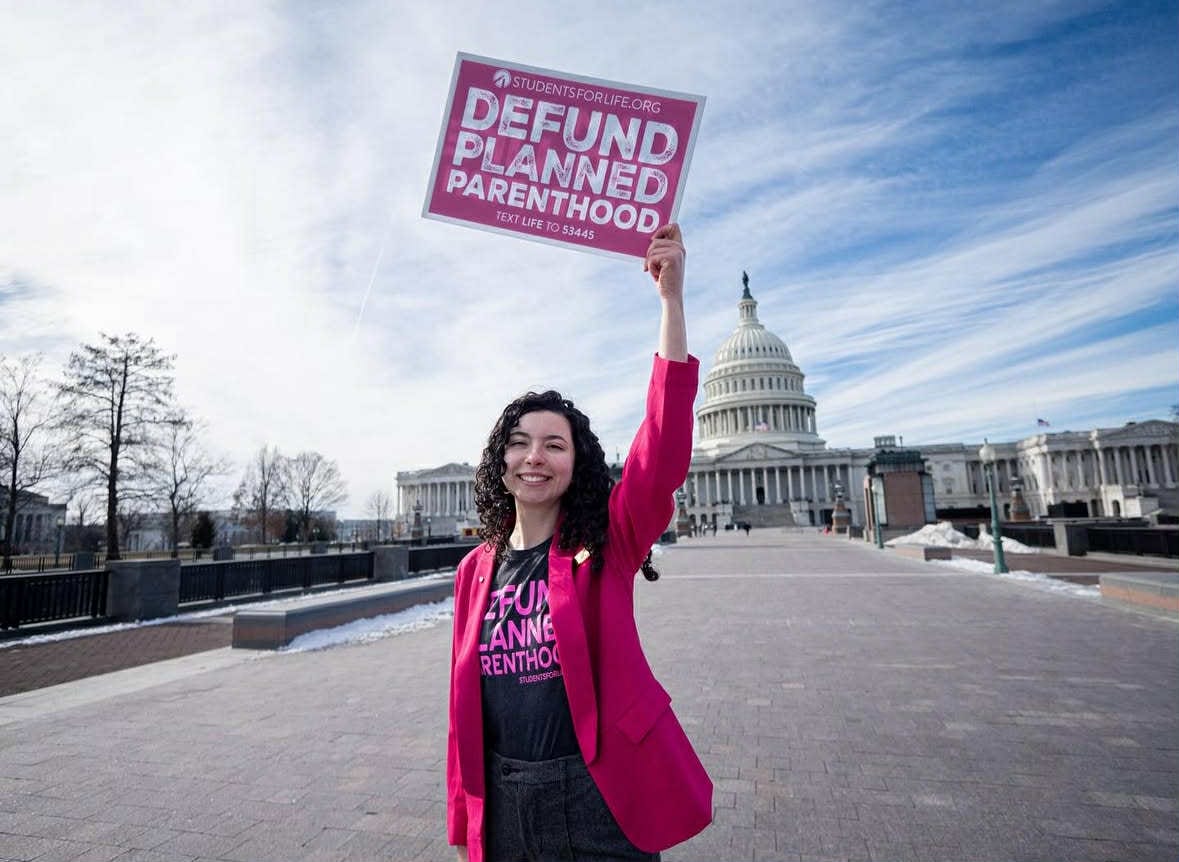
The “Little” Moments That Make a Big Impact: How Being a Regional Coordinator Fuels My Pro-Life Passion
14 Jul 2025
Abortion Brags from Lily Allen & Hat from Cynthia Nixon Enrage Even Pro-Choice Americans. Can the Pro-Life Generation Take Some Credit?
11 Jul 2025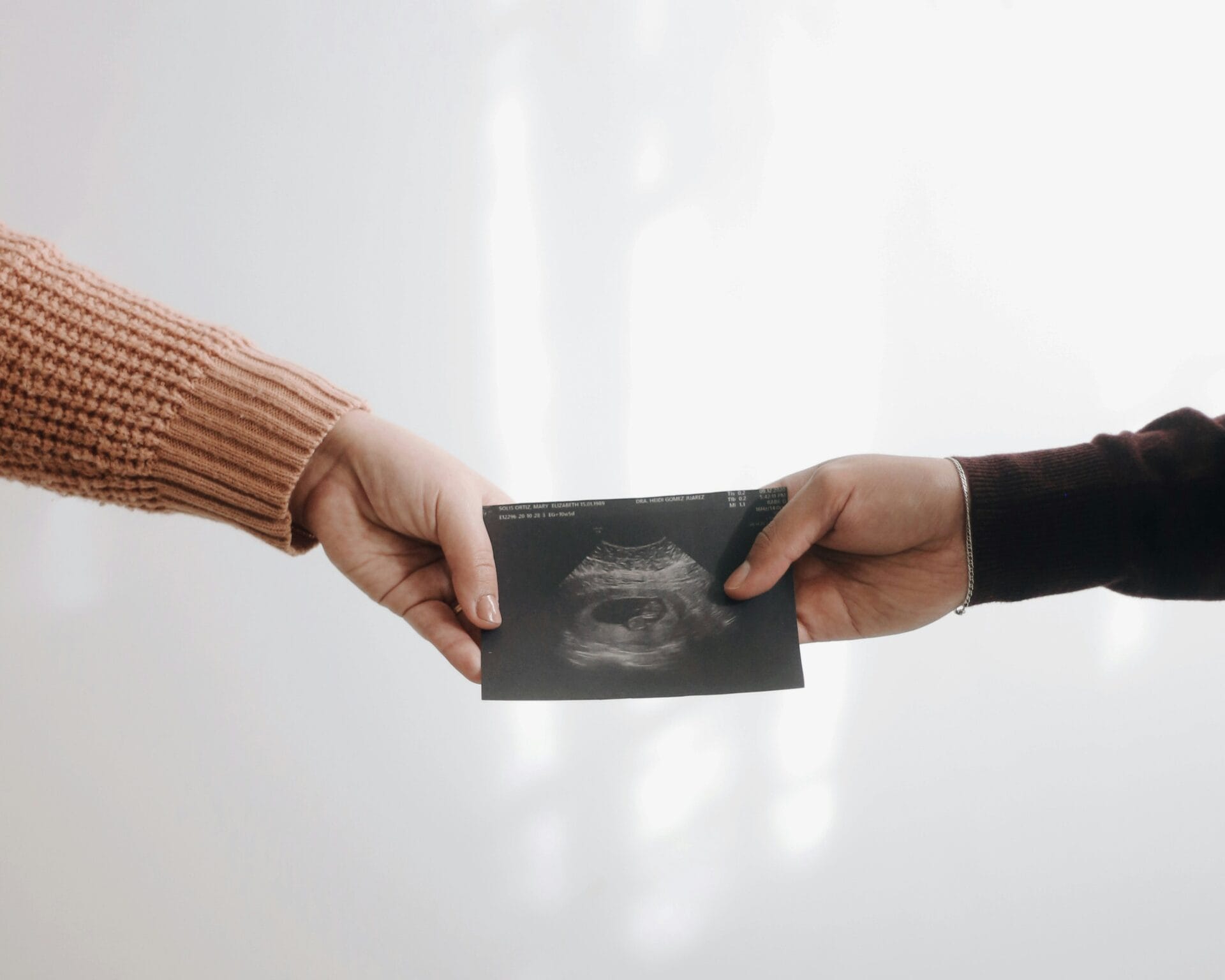
Young Mom Prayed for God’s Hand on Her Child – At Her Ultrasound Appointment, THIS Happened
11 Jul 2025